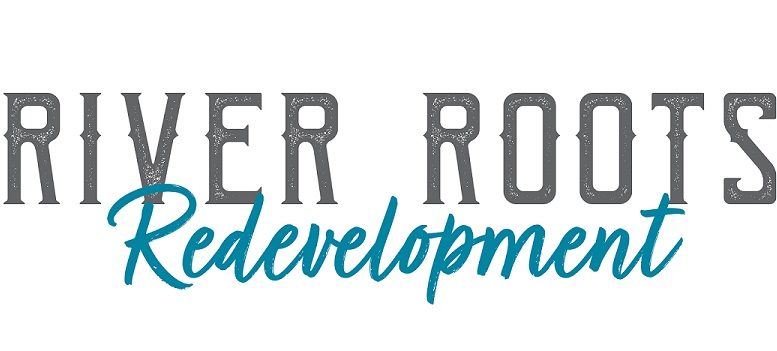When discussing redevelopment, we often think primarily about buildings or industrial sites being cleaned up and developed as another structure or business space. Redevelopment can also mean transforming a place back into a natural or semi-natural state. Let’s talk brownfields to greenspaces.
The Environmental Protection Agency (EPA) defines a brownfield as “a property, the expansion, redevelopment, or reuse of which may be complicated by the presence or potential presence of a hazardous substance, pollutant, or contaminant.” The EPA also estimates that there are more than 450,000 brownfields in the United States. Here in the Oil Region, we have several of these former industrial sites awaiting cleanup and remediation such as the Wolfs Head refinery in Reno and the Fuchs site in Emlenton.
With today’s science and study, it’s well-established that nature and the outdoors have a tremendous (positive) effect on the quality of life. In recent years, large cities have seen an exodus as more remote job opportunities have become available and people have realized some of the benefits they receive from spending less time in the office and more time outdoors.
At the same time, cities throughout North America have been working to turn some of these defunct and contaminated sites into community assets not only as business or retail complexes but also reverting some back to greenspaces.
In his 2002 paper, Christopher A De Sousa (Department of Geography, University of Wisconsin-Milwaukee) cites these key benefits of redeveloping brownfield sites into greenspaces: “reducing redevelopment pressure on greenfield sites, decreasing risks to public health and safety, restoring former landscapes, renewing urban cores, counteracting negative social stigmas associated with such sites, restoring the tax base of local government, and increasing the utilization of existing municipal services.”
Far to the north of the Oil Region, in Toronto, Canada, decades of brownfield remediation and redevelopment have resulted in the City of Toronto being described as a “city within a park.” Beginning in the mid-1950s as a necessary response to the destruction caused by Hurricane Hazel, the greenspace movement has led to pockets of distinct types of parks and natural heritage areas throughout the city. Today, the City of Toronto is a mixture of green and urban, and they are continuing their work with a dozen redevelopment projects in various stages in the waterfront area alone.
Returning home, right here in Pennsylvania, the Department of Environmental Protection (DEP) ran a pilot “Brownfields to Playfields” program that wrapped up at the end of 2021. The program created parks and playgrounds at 8 sites throughout Pennsylvania from former industrial or otherwise contaminated sites. Another project, Hazelwood Green was once a primary industrial center in Pittsburgh, but now the riverfront property is being transformed into a recreational and event space for the neighborhood. Our local brownfield sites may have a long way to go before we see results like these, but through grants and private funding sources, steps are being taken to turn them into community assets.
If you’d like to chat about our local redevelopment sites or other projects in the area, join us in Foxburg on Fridays from 1-3 p.m. Weather pending, we will be spending the first hour at Divani before moving to River Roots Community Farm located just up the hill at AC Valley School District. Watch the Facebook page @RiverRootsRedevelopment for more information.
Rachel Brosnahan is the Community Engagement Coordinator for River Roots Redevelopment. She can be reached by email at rachel@riverrootsredevelopment.org.









































